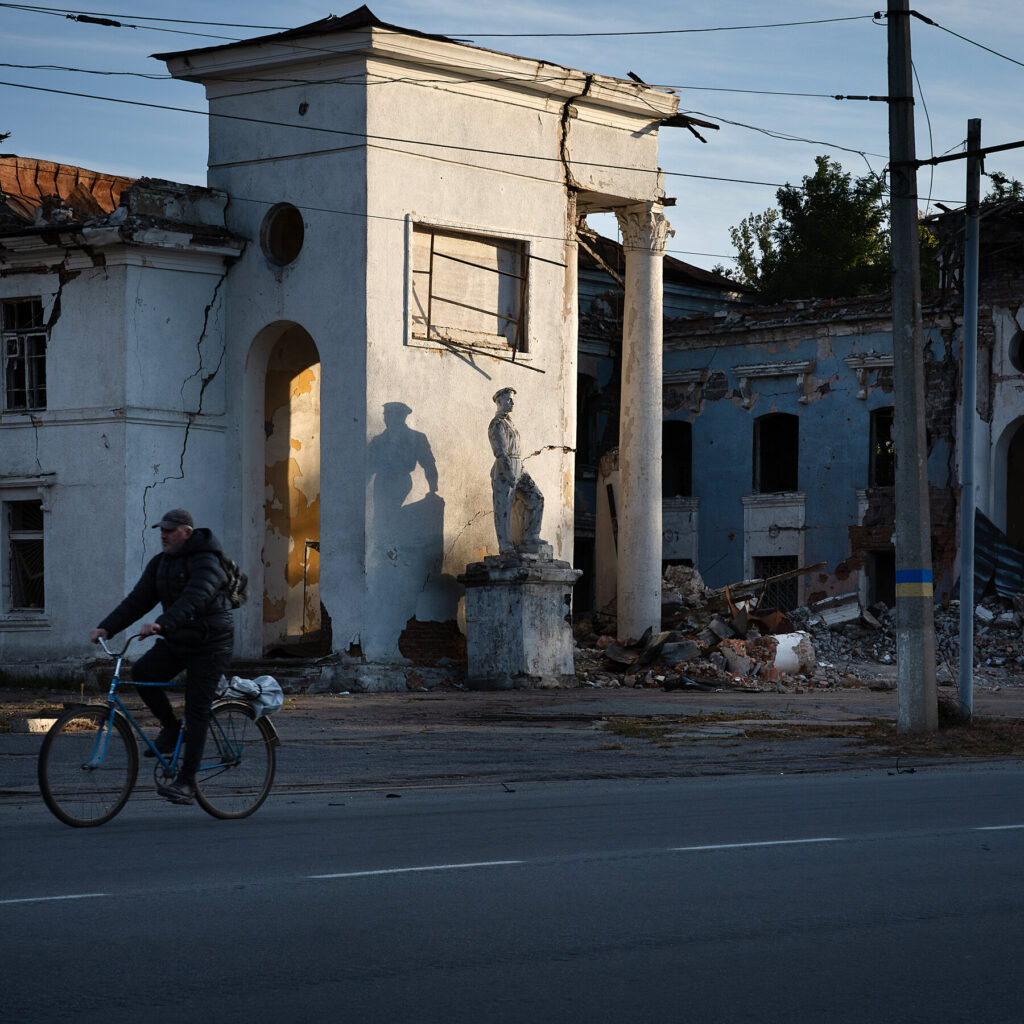
European Union officials are poised to finalize a significant political agreement as early as Thursday regarding a substantial loan for Ukraine. This financial support will be underpinned by assets belonging to the Kremlin that have been frozen in a financial institution located in Belgium.
The proposed plan aims to convert approximately €200 billion in frozen Russian assets into cash, which will provide essential funding for Ukraine as it continues to face ongoing challenges due to the conflict with Russia. This initiative represents a critical step in the EU’s efforts to support Ukraine during this tumultuous period.
Details of the Proposed Loan Agreement
Sources indicate that the agreement will not only facilitate immediate financial assistance but also signal a broader commitment from EU member states to assist Ukraine in its recovery and rebuilding efforts. The loan is expected to be structured in a manner that ensures the funds are accessible and can be deployed effectively in support of the Ukrainian government.
In the wake of the conflict, the EU has faced mounting pressures to take decisive action regarding the use of frozen Russian assets. The initiative to utilize these funds aligns with ongoing discussions about accountability and the need for reparations for the damages incurred by Ukraine.
The stakes are high, with EU officials asserting that the loan could have significant implications for both Ukraine’s economic stability and its ongoing resistance against Russian aggression. As such, member states are keen to move forward with this plan, hoping for swift resolution and implementation.
Implications for Ukraine and EU Relations
The potential agreement highlights the evolving relationship between the EU and Ukraine, particularly in the context of shared goals for peace and stability in the region. By leveraging frozen assets, the EU is taking a bold step that underscores its support for Ukraine’s sovereignty.
Moreover, the decision to back this loan with frozen Kremlin assets could set a precedent for future financial mechanisms aimed at supporting nations in conflict. It also raises questions about the long-term management of such assets and their role in international finance.
The discussions leading to Thursday’s anticipated agreement reflect a growing consensus among EU leaders about the need to act decisively in support of Ukraine. As the situation continues to develop, the outcome of these negotiations will be closely monitored by both financial analysts and political observers.
In conclusion, the EU’s approach to converting frozen Russian assets into cash for Ukraine represents a significant development in international finance and geopolitics. This initiative not only aims to provide immediate assistance to Ukraine but also signals a commitment from the EU to uphold principles of justice and support for nations under threat.






